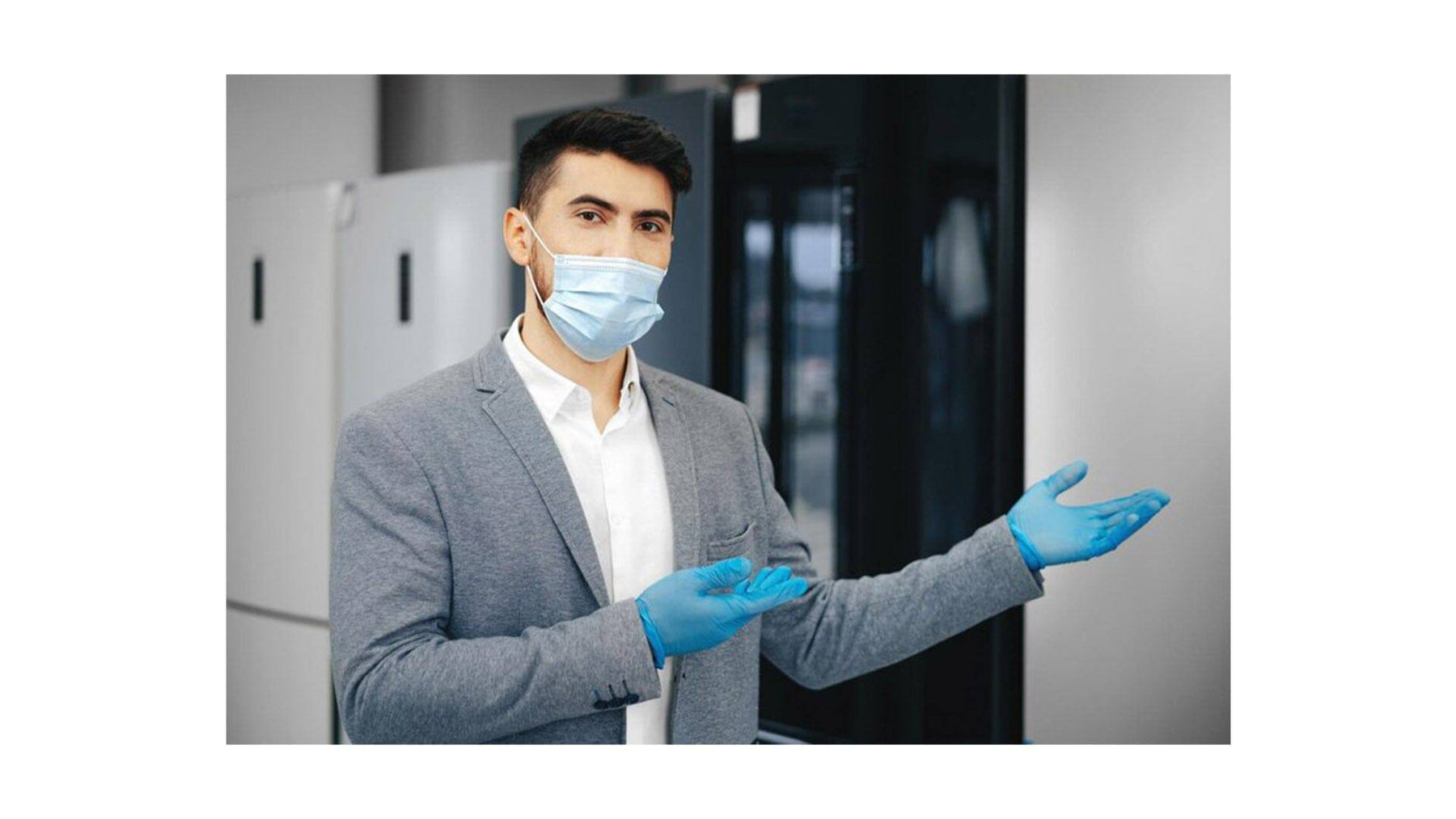
Shielding Against the Eris Respiratory Virus with Effective PPE
We have already witnessed the impact of respiratory viruses, and the emergence of the Eris respiratory virus underscores the importance of taking proactive measures to safeguard our health. Just as we have learned to use personal protective equipment (PPE) to defend against airborne infections, understanding the significance of proper PPE usage can be instrumental in preventing the spread of the Eris respiratory virus.
The Eris Respiratory Virus
The Eris virus is a new respiratory virus that can lead to a range of respiratory illnesses, from mild cold-like symptoms to more severe respiratory distress. It spreads through respiratory droplets produced when an infected person coughs or sneezes. The virus can also be spread through contact with contaminated surfaces. The symptoms of the Eris virus are similar to those of other respiratory viruses, such as the flu or the common cold. These symptoms can include fever, cough, sore throat, runny or stuffy nose, muscle aches, and fatigue. In some cases, the Eris virus can also cause more serious complications, such as pneumonia.
For now, there is no specific treatment for the Eris virus. Treatment is supportive and includes rest, fluids, and over-the-counter medications to relieve symptoms. In some cases, hospitalization may be necessary. To counter this threat, adopting a comprehensive strategy that encompasses preventive measures and appropriate PPE usage is vital.
Harnessing the Power of PPE
Using the right protective equipment can play a pivotal role in reducing the risk of contracting and spreading the Eris respiratory virus. Here's how to effectively employ PPE to prevent its transmission:
Face Masks: Similar to a shield for your respiratory system, face masks act as a barrier to prevent the inhalation or release of respiratory droplets that may carry the virus. Choose masks that offer a snug fit and provide effective filtration, such as N95 respirators. Consistently wearing masks, especially in crowded or indoor settings, can significantly curtail the virus's transmission.
- N95 masks: N95 masks are the most effective type of mask for preventing the spread of respiratory viruses. They are designed to filter out 95% of respiratory droplets.
- KN95 masks: KN95 masks are similar to N95 masks, but they are made in China.
- 3-Ply Face Masks: 3-Ply Face masks are a type of mask that covers the nose and mouth. They have 3 layers with inner and outer layers being non-woven and the middle layer made from high standard filter paper.
Air Purifiers: Air purifiers are designed to remove particles from the air, including those carrying viruses, bacteria, and other pollutants. High-efficiency particulate air (HEPA) filters are a hallmark of many air purifiers. These filters can capture particles as small as 0.3 microns, which includes respiratory droplets containing the virus. By removing these particles from the air, air purifiers reduce the risk of inhaling infectious agents.
In addition to PPE and masks, there are other things that you can do to help prevent the spread of the Eris virus. These include:
Hand Hygiene: Just as PPE helps to safeguard against airborne threats, diligent hand hygiene prevents the virus from entering your system via contaminated hands. Regularly wash your hands with soap and water for at least 20 seconds or use hand sanitizer with at least 60% alcohol when soap is unavailable.
Social Distancing: Maintain a safe distance from others, especially in crowded spaces. Social distancing helps reduce the likelihood of inhaling respiratory droplets that might contain the virus. By creating more physical space, you create a metaphorical barrier against potential transmission.
Proper Cough Etiquette: Cover your mouth and nose with a tissue or your elbow when coughing or sneezing. This practice minimizes the dispersion of respiratory droplets into the air, thus reducing the chances of infecting others.
Ventilation: Ensuring proper ventilation in indoor spaces can help disperse and dilute airborne particles, reducing the risk of viral transmission. Opening windows and using air filtration systems can contribute to a healthier breathing environment.
Personal Hygiene: Avoid touching your face, especially your eyes, nose, and mouth, to prevent the transfer of the virus from contaminated surfaces to your respiratory system.
Cleaning and disinfecting surfaces: Clean and disinfect surfaces that may be contaminated with the virus, such as doorknobs, light switches, and countertops.
As the threat of respiratory viruses like the Eris respiratory virus persists, embracing the use of appropriate PPE becomes a fundamental aspect of safeguarding our health. Just as we've integrated mask-wearing, hand hygiene, and social distancing into our daily routines, let's continue to champion these practices to curtail the spread of the virus. By harnessing the power of PPE, we can collectively build a stronger defense against the Eris respiratory virus and prioritize the health and well-being of ourselves and our communities.
Leave a comment